Acoustic Model Training Course by ANSYS Fluent
Original price was: $500.00.$250.00Current price is: $250.00. Student Discount
The Acoustic Model Training Course includes:
- Introduction to acoustics concepts and an overview of available acoustic simulation models in ANSYS Fluent
- FW-H acoustic model
- Wave Equation acoustic model
- Broad Band Noise acoustic model
- Models Comparison and Applications
This training course contains 5 video lessons and a final exam for a project simulation to get an Acoustic Model Certification.
Click on Add To Cart and obtain the Geometry file, Mesh file, and a Comprehensive ANSYS Fluent Training Video.To Order Your Project or benefit from a CFD consultation, contact our experts via email ([email protected]), online support tab, or WhatsApp at +44 7443 197273.
There are some Free Products to check our service quality.
If you want the training video in another language instead of English, ask it via [email protected] after you buy the product.
Description
Introduction
One of the most excellent tools to predict sound or noise propagation is considered to be CFD. ANSYS Fluent is a powerful tool that can come to help. The implemented models in this software can predict even the smallest-frequency noises to the highest-frequency sound waves, which may be beyond human hearing but still damage the surrounding environment. After passing this Acoustic Model Training Course, you are ready to claim yourself as an Acoustic CFD Simulation expert.
What do you learn in this Acoustic Model Training Course?
In this course, you will thoroughly learn how to simulate acoustics around any structure and investigate the sound wave propagation within any domain. Different acoustic simulation models, including FW-H, Wave Equation, and Broad Band Noise, are explained in detail, along with step-by-step instructions on performing simulations in Fluent. You will first learn about each model’s basics and then learn tricks and tips on performing the exact and accurate acoustic simulation.
This training course is presented so that it is as practical as possible so that the graduates can work well with this software to generate high-fidelity acoustic simulations after the end of the course.
Syllabus
This course contains 5 video lessons and a final project as an exam to get the Acoustic Certification.
This course is divided into five main lessons and some sub-lessons. You strongly recommend that you do not skip any of the sections even if you feel you know the content.
Lesson 1
In this lesson, you will first see a general introduction to acoustics and an overview of available acoustic simulation models in ANSYS Fluent. This section contains the following subsections:
- Overview of acoustics and aero-acoustics
- Introduction to acoustic simulation models
- Introduction to Direct acoustic simulation method
- Introduction to Hybrid acoustic simulation methods
- Ffowcs Williams and Hawkings (FW-H)
- Wave equation
- Introduction to Broad Band Noise acoustic simulation method
- Overview of significant sound wave quantities
Lesson 2
In this lesson, you will learn about the FW-H acoustic model by performing a simple project by investigating the sound waves around a 2D cylinder. This section contains the following subsections:
- Overview of the FW-H model and its applications and limitations
- Acoustic waves export options
- Defining the sources and receivers of sound waves
- Acoustic model parameters
- Defining the correct time step size based on CFL and Frequency values
- Extracting FFT plots
Lesson 3
In this lesson, you will learn about the Wave Equation acoustic model by performing a simple project investigating the sound waves around a 2D cylinder. This section contains the following subsections:
- Overview of Wave Equation model and its applications and limitations
- Acoustic waves export options
- Wave Equation options
- Sponge regions and basic shapes
- Extracting graphical data and FFT plots
Lesson 4
In this lesson, you will learn about the Broad Band Noise acoustic model by performing a simple project investigating the sound waves around a 2D cylinder. This section contains the following subsections:
- Overview of Broad Band Noise model and its applications and limitations
- Overview of Linearized Euler Equations (LEE)
- Extracting graphical data
Lesson 5
This is the last session, and in this lesson, you will learn how to simulate practical and real problems using FW-H and Broad Band Noise models. In this session, you will learn to simulate sound propagation due to the rotating motion of a horizontal wind axis turbine (HAWT). Next, we will compare lesson 5 and lesson 6 with each other so that you would obtain an in-depth understanding of acoustic simulations using ANSYS Fluent.
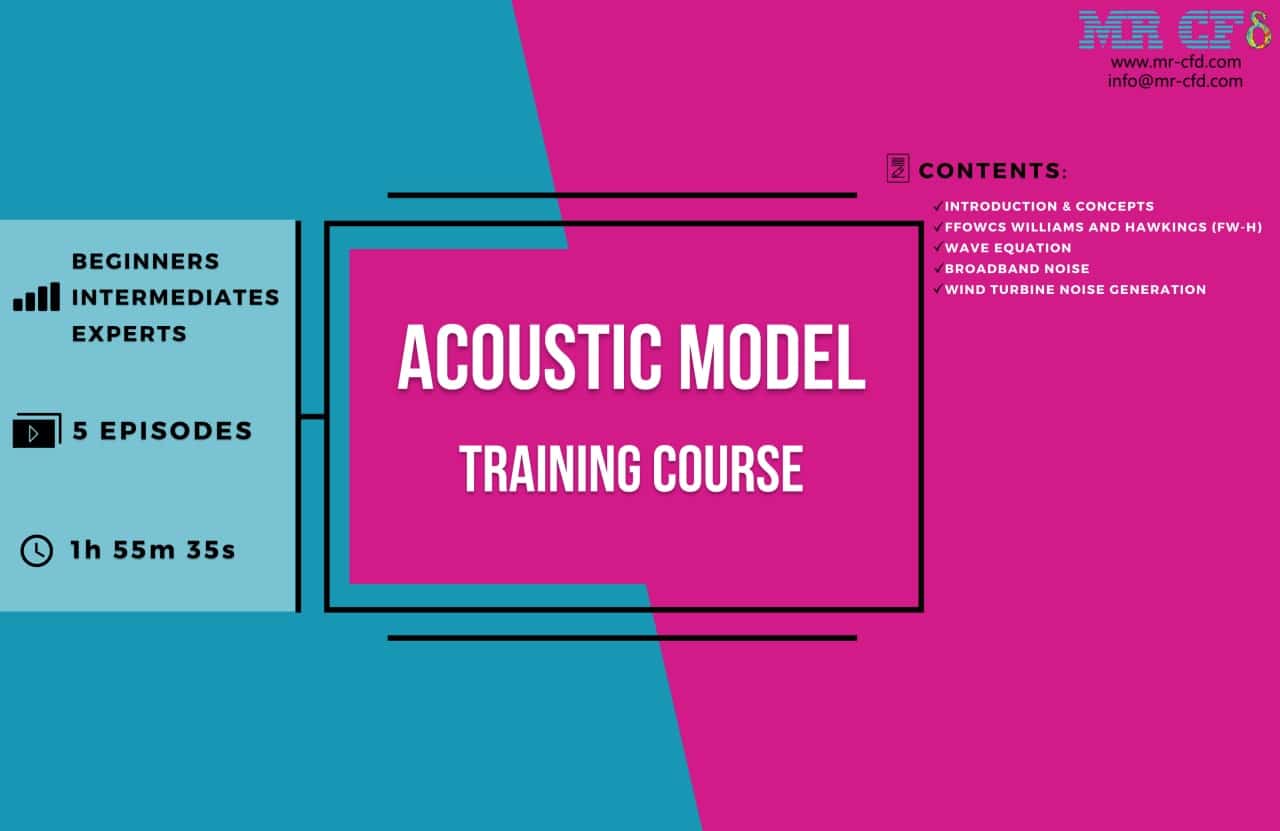


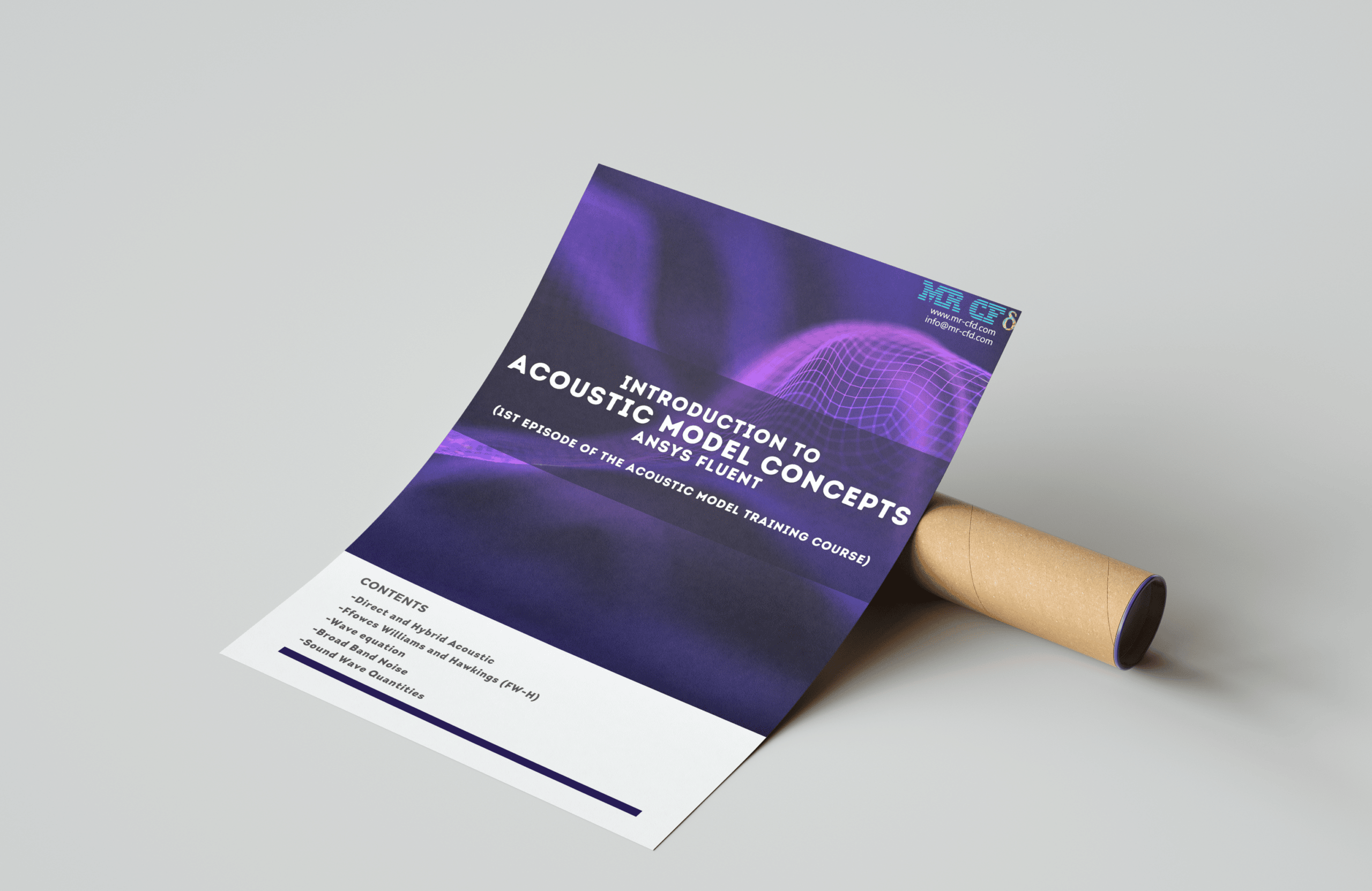

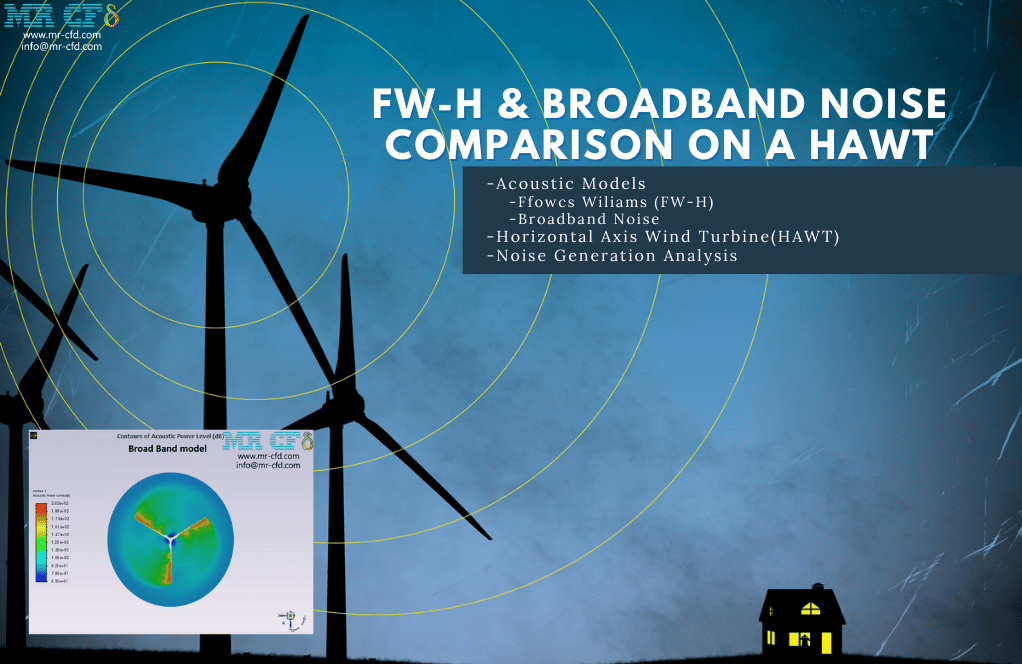
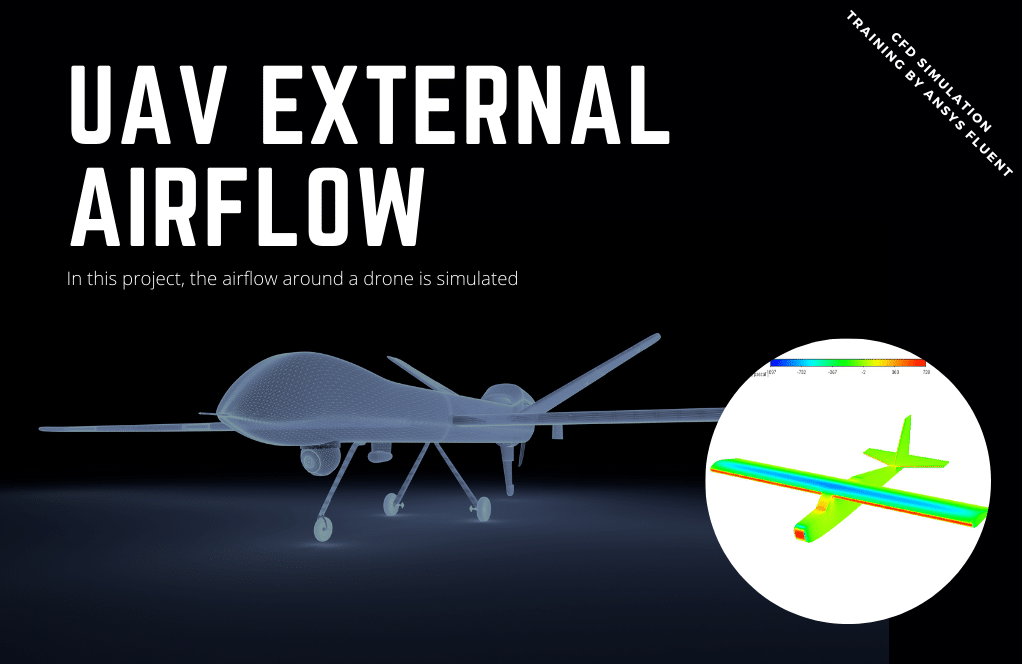
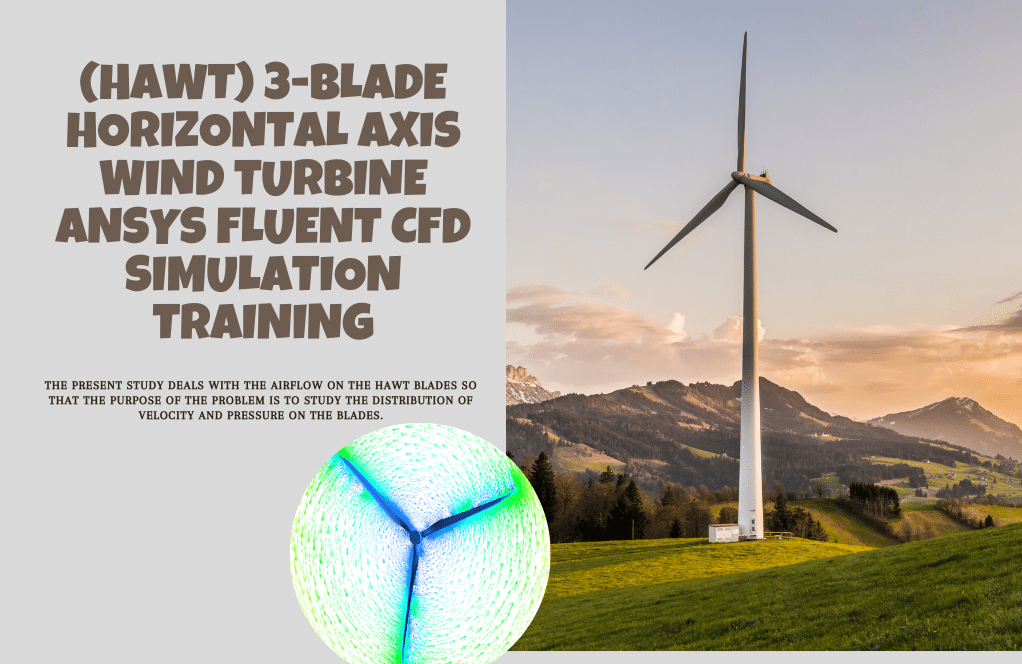
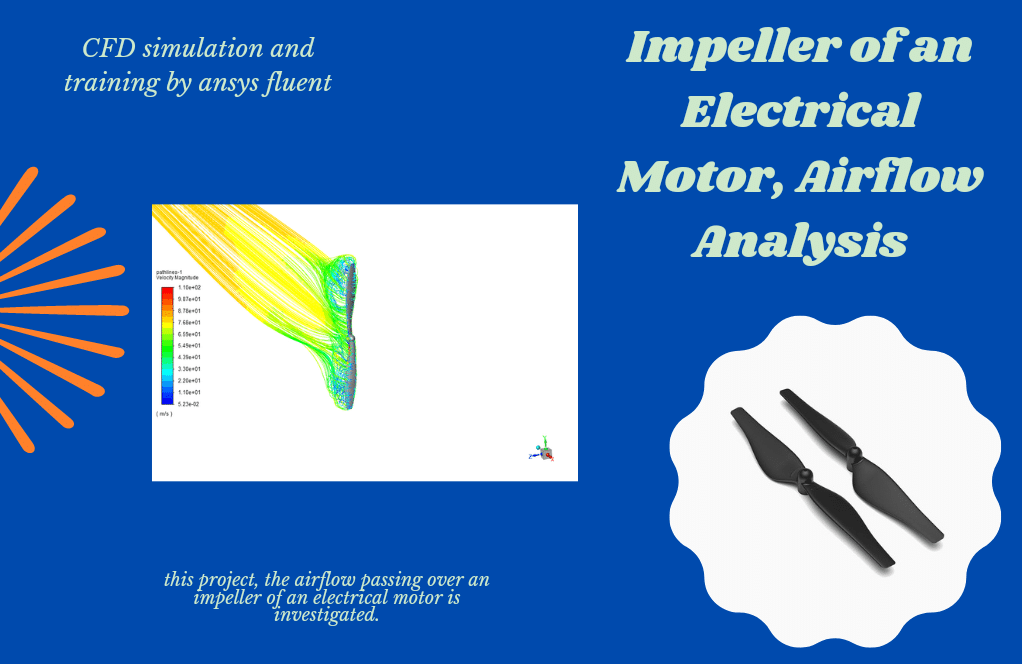
Dovie Ferry –
The Acoustic Model Training Course was exceptionally well-structured, providing clear and comprehensive understanding of acoustic simulations with ANSYS Fluent. Encountering different kinds of acoustic models and practicing with real projects have enriched my skills significantly.
MR CFD Support –
Thank you for your positive feedback! It’s great to hear that the course was clear and comprehensive, and that the hands-on projects were especially helpful in enhancing your skills in acoustic simulation. We strive to provide practical experience with a variety of models to ensure our students can apply their knowledge effectively in the field. Keep up the good work!
Blaise Ward –
The syllabus looks comprehensive, but how does the course handle different learning speeds? Can I pause and re-watch the video lessons at my own pace?
MR CFD Support –
Absolutely, the course is designed with self-paced learning in mind. You can pause, rewind, and re-watch all the video lessons as many times as you need to understand the material fully.
Mr. Darrell Reilly II –
The syllabus for the Acoustic Model Training Course looks quite comprehensive. Does the course include any practical assignments or projects to work on?
MR CFD Support –
Yes, the Acoustic Model Training Course includes practical assignments and projects. As mentioned, video lessons are accompanied by a final project as an exam to earn the Acoustic Certification. Furthermore, throughout the course, you will be performing simple projects investigating sound waves around structures like a 2D cylinder and a horizontal wind axis turbine to ensure hands-on learning experience.
Davonte Walker –
I just finished the Acoustic Model Training Course and feel quite confident in my skills now. The practical examples and the final project were incredibly useful. Fantastic course!
MR CFD Support –
Thank you for your feedback! We’re thrilled to hear that our Acoustic Model Training Course has boosted your confidence and honed your skills in acoustic simulations using ANSYS Fluent. We always strive to provide practical, hands-on experience that makes a difference for our learners. Great job on completing the course and we wish you the best in your future simulations!
Irwin Gottlieb –
I’m really thankful for the Acoustic Model Training Course provided by MR CFD. The course was comprehensive, well-structured, and equipped me with practical knowledge for acoustic simulations using ANSYS Fluent. The step-by-step guidance through different acoustic simulation models was incredibly helpful, and the final project was quite challenging but rewarding. Great job on putting together such detailed course content!
MR CFD Support –
Thank you for your kind words! We strive to provide thorough and practical courses to help our clients become experts in their fields. We’re glad to hear that you found the Acoustic Model Training Course comprehensive and beneficial. Your success with the final project is a testament to your hard work and dedication. We appreciate your feedback and are here to support your continued learning journey with MR CFD.
Mr. Edwardo Halvorson –
I’m excited to take the Acoustic Model Training Course by ANSYS Fluent, but I’m curious about what type of practical projects are included in the course to ensure that I can effectively apply what I learn to real-world problems.
MR CFD Support –
The course includes a final project that simulates acoustic propagation due to the rotating motion of a horizontal wind axis turbine (HAWT), allowing students to apply the FW-H and Broad Band Noise models to a practical scenario. Additionally, throughout the course, there are projects such as investigating sound waves around a 2D cylinder which help in understanding and applying different acoustic simulation models for real-world problems.
Sam Corkery MD –
Very informative and comprehensive course! The real-world applications and hands-on approach to learning acoustic simulations with ANSYS Fluent are impressive.
MR CFD Support –
Thank you for your positive feedback on our Acoustic Model Training Course! We’re thrilled to hear that you found the course comprehensive and practical for learning acoustic simulations. We appreciate your kind words!
Archibald O’Hara –
I just completed the Acoustic Model Training Course and I’m quite impressed. The step-by-step approach made it easy for me to understand complex simulations. The practical exercises coupled with theoretical knowledge have greatly enhanced my skills in acoustic CFD simulation.
MR CFD Support –
Thank you for your positive review! We’re thrilled to hear that our course structure was effective in enhancing your skills in acoustic CFD simulation, and we are glad that you found the balance of practical exercises and theoretical knowledge beneficial. Your success is what we strive for, and your feedback is immensely appreciated. If you ever have any further questions or need additional guidance, don’t hesitate to reach out to us. Keep up the great work!
Delores Erdman –
About the Broad Band Noise acoustic model, are the spins and revolution of the 2D cylinder considered in the noise prediction, and if yes, how are these mechanical movements factored into the acoustic simulations?
MR CFD Support –
In the Broad Band Noise model, the mechanical movements like spins and revolutions can be incorporated into the noise prediction by considering the linearized Euler equations (LEE) which will take into account the perturbations in density, pressure, and velocity fields due to the rotating boundaries. These mechanical movements induce changes in the flow field which affect the acoustic source terms as pressure fluctuations are then propagated as sound waves through the computational domain.
Garett Dickens –
The description speaks about a ‘final project as an exam’ for the Acoustic Certification. Could you please provide more details on what this final project entails?
MR CFD Support –
Certainly, the final project typically involves a practical simulation task wherein course participants must apply what they’ve learned throughout the Acoustic Model Training Course. Participants are asked to simulate a complex acoustic problem, often involving challenging scenarios that require deep understanding of the acoustic models, correct application of boundary conditions, and accurately interpreting the results. The project tests the ability to not just conduct the simulation, but also to present findings in consonance with the scientific principles taught during the course.
Margie Dickens PhD –
I’m thrilled with the structure of the Acoustic Model Training Course by ANSYS Fluent. The detailed breakdown of lessons and models made it easy to follow and understand complex acoustic simulation concepts. Particularly, the step-by-step approach to teaching Fine’s Algorithm and explaining the limitations and applications of each model provided me with the foundation I need to confidently approach acoustic simulations. After completing the course and final project, I truly feel equipped to tackle any acoustic CFD challenge. Thank you, MR CFD, for such a comprehensive and practical training experience!
MR CFD Support –
Thank you so much for your kind words and positive feedback on our Acoustic Model Training Course! It’s always rewarding to hear that our structured approach and detailed content enable our customers to build confidence and expert-level skills in acoustic CFD simulations. We’re glad to have you as our student and appreciate you taking the time to complete the course and final project. If there’s anything more we can help you with, don’t hesitate to reach out. Congratulations on becoming an Acoustic CFD Simulation expert, and we look forward to supporting your future endeavors in CFD!
Bruce Harris –
This training sounds comprehensive. Will I need any prior knowledge of acoustics or ANSYS Fluent to start the Acoustic Model Training Course, or is it suitable for beginners too?
MR CFD Support –
While having some foundational knowledge in acoustics or experience with ANSYS Fluent can be helpful, this Acoustic Model Training Course is designed to accommodate learners at various levels, including beginners. The course offers a gradual learning curve starting from the basics of acoustic modeling and simulation, proceeding to more complex concepts and practical applications. If you are completely new to the field, it’s advisable to pay close attention to the introductory lessons and not skip any sections to build a strong foundation.
Mrs. Marilyne Parker –
I recently completed the Acoustic Model Training Course by ANSYS Fluent thanks to MR CFD Company, and I have to say the content blew me away! The course was meticulously organized and presented in a way that was both engaging and comprehensive. As someone passionate about CFD and its application in acoustics, this course has given me a solid foundation and confidence to call myself an Acoustic CFD Simulation expert. I particularly appreciated the hands-on approach with practical projects that cemented the theoretical knowledge. Keep up the great work!
MR CFD Support –
Thank you so much for your heartfelt compliments! We are thrilled to hear that our Acoustic Model Training Course has empowered you with the knowledge and confidence to excel in the field of acoustics and CFD simulation. It’s our pleasure to provide courses that not only cover theory but also offer practical, hands-on experience. Your enthusiasm is what motivates us to keep providing high-quality training. Congratulations on completing the course, and we wish you continued success in your future simulations!
Dr. Guiseppe Olson –
In Lesson 5, what specific differences between FW-H and Broad Band Noise models will the training course cover?
MR CFD Support –
In Lesson 5, the training course will cover the specific differences between FW-H and Broad Band Noise models in the context of their applications and limitations when simulating sound propagation. It will showcase a practical comparison of the two models through the simulation of sound propagation due to the rotating motion of a horizontal wind axis turbine (HAWT), offering an in-depth understanding of how each model behaves and is best utilized in ANSYS Fluent acoustic simulations.
Luciano Beatty –
The course content looks really comprehensive on acoustic modeling. I’m particularly interested in how it might touch on environmental impact studies. Does it also consider the simulation of sound propagation in underwater or urban environments?
MR CFD Support –
Absolutely, this course includes various environments where acoustic simulations are critical, including underwater and urban scenarios. You’ll learn how to use different models to accurately predict sound propagation and assess the potential impact on the environment through practical projects and examples.
Tabitha Cummerata –
I was incredibly impressed by how comprehensive the Acoustic Model Training Course by ANSYS Fluent is. The step-by-step lessons equipped me with everything I needed to start my acoustic simulations. The variety of simulation models covered and the practical approach to applying these models in Fluent was excellent. Highly recommend for anyone interested in CFD and acoustic analysis.
MR CFD Support –
Thank you so much for your kind review! We’re thrilled to hear that you found the course comprehensive and practical. It’s wonderful to know that it has empowered you to perform acoustic simulations confidently. We appreciate your recommendation, and if you ever have any further questions or need additional support, don’t hesitate to reach out!
Justina Littel –
The syllabus seems very comprehensive. Is there support provided for the course if I encounter any obstacles during the training?
MR CFD Support –
Yes, support is provided for the course to assist you in case you face any challenges. Our dedicated trainers are available to answer questions, provide clarifications, and guide you through any difficulties you may experience during the learning process.
Elijah Murphy –
The course covers broad band noise model concepts, but does this also include tools and techniques for effectively mitigating noise in design applications?
MR CFD Support –
Indeed, the course discusses the detection and analysis of broad band noise through simulations. However, the primary focus is on prediction rather than mitigation. Still, by understanding the sources and propagation of noise, one can make informed decisions during the design process to reduce noise levels.